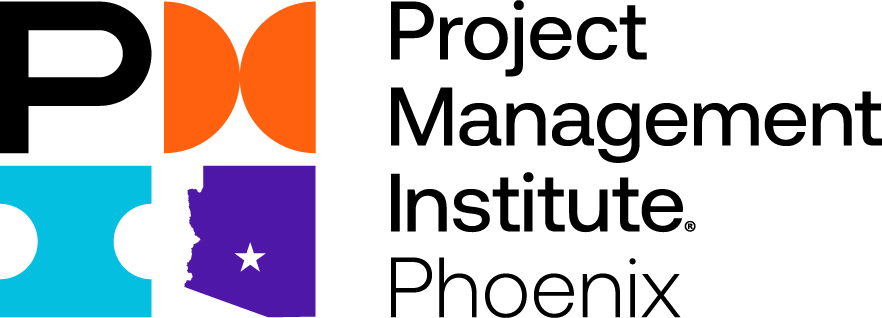Today, our focus is on the second milestone – Desire in the ADKAR acronym. As you just read in our last blog ADKAR stands for
·
·
·
·
·
Desire
A person needs to have the desire to participate and support the change. This is a biggie. Without this you may have delays, productivity may decline, and people may even leave the organization. It is also a very personal thing, (as much as we wish we could!) we do not control other people’s choices.
Hiatt mentions there are Four Factors that contribute to an individual’s desire to change:
Is this change an opportunity or threat and what is their WIIFM (What’s In It For Me?)
The Success (or non-successes) of past changes, other changes that may be also occurring in the organization, and the organization’s culture of change.
Our career aspirations, financial security, age/healthy, personal relationships in and out of work
What we value, our internal voice or internal compass.
We talked about Awareness in our last post and desire tends to immediately follow that. We’ve all been there – your sponsor announces, “A Change is Coming!!” and as soon as we log-off the meeting invite, most of us are sending a ping to our manager, “Hey, just heard the news does this mean I have to (insert how I perceived the change will affect me here).”
Because of this common reflex Prosci recommends that the desire messaging is best communicated by the Direct Manager. They are closer to their staff and their everyday duties, so they can help them understand the specific WIIFM.
“As you have heard, we are getting a new PPM tool, this is really going to help you save time when you submit your project status reports because it has a one-click button that aggregates all the data. No more late Friday emails asking where your status reports are! We’ll all be able to log-off in time to attend the company Happy Hour.”
Of course, it is worth noting that the manager needs to have gone through their own ADKAR journey before they can properly help their staff consume the information. If they are just finding out about the change at the same time as their staff, then this is a recipe for disaster.
As change practitioners, we need to help the manager by first getting them through their own ADKAR journey and then preparing them, and giving room for them, to lead their staff through the change. They will need our support to identify and manage resistance and how to provide clear communications on the benefits of the change initiative.

